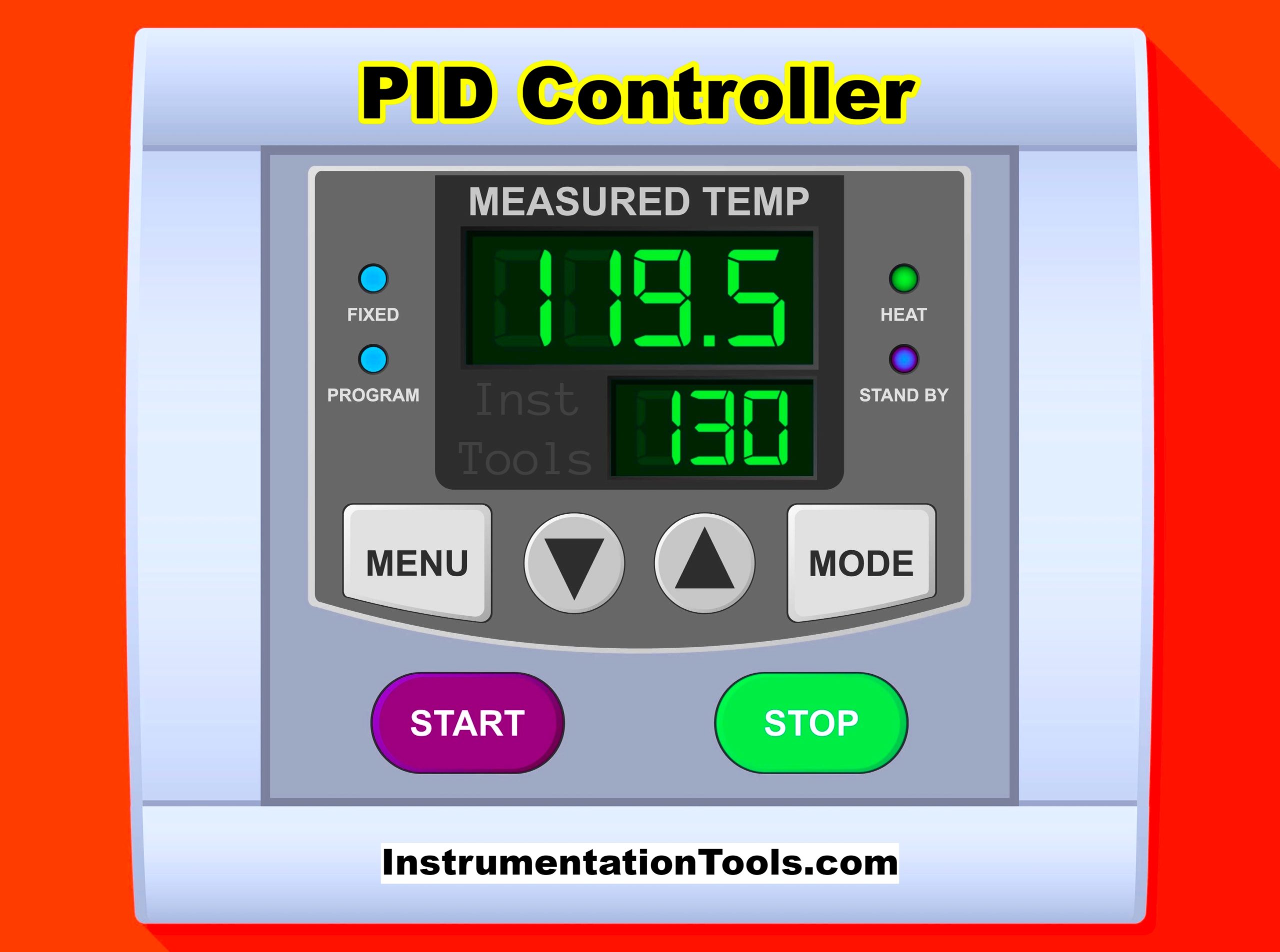The components of a PID controller – Proportional (P), Integral (I), and Derivative (D) each have distinct characteristics and applications. These controllers can also be used independently or in combinations like PI, PD, etc.

The following table shows the differences between the P, I, and D controller functions.
| Parameter | P Controller | I Controller | D Controller |
|---|---|---|---|
| Principle of Operation | Proportional to error | Integral of error | Derivative of error |
| Error Elimination | Steady-state error | Eliminates steady-state error | Does not eliminate any error |
| Stability | Moderate | May reduce stability | Increases stability |
| Overshoot | Moderate | High | Low |
| Response Time | Fast | Slow | Fast |
| System Type Suitability | First order systems | Systems with steady-state errors | Systems requiring damping |
| Implementation Complexity | Low | Moderate | Moderate |
| Cost | Low | Moderate | Moderate |
| Application Examples | Level control, temperature control | Cruise control, HVAC | Damping control, robotics |
| Tuning Complexity | Low | Moderate | Moderate |
| Control Action | Proportional to present error | Based on accumulated past errors | Predictive, based on rate of error change |
Explanation of the terms:
If you liked this article, then please subscribe to our YouTube Channel for Instrumentation, Electrical, PLC, and SCADA video tutorials.
You can also follow us on Facebook and Twitter to receive daily updates.
Read Next:
In this post, we will learn the basic requirements for a network switch to be…
The PLC panel and MCC panel interface signals are start, stop, run feedback, trip, local…
In this article, we are going to discuss about shutter door control using induction motor…
Electrical Drives control the motion of electric motors. Motion control is required in industrial and…
PLC ladder logic design to control 3 motors with toggle switch and explain the program…
VFD simulator download: Master the online tool from the Yaskawa V1000 & programming software for…